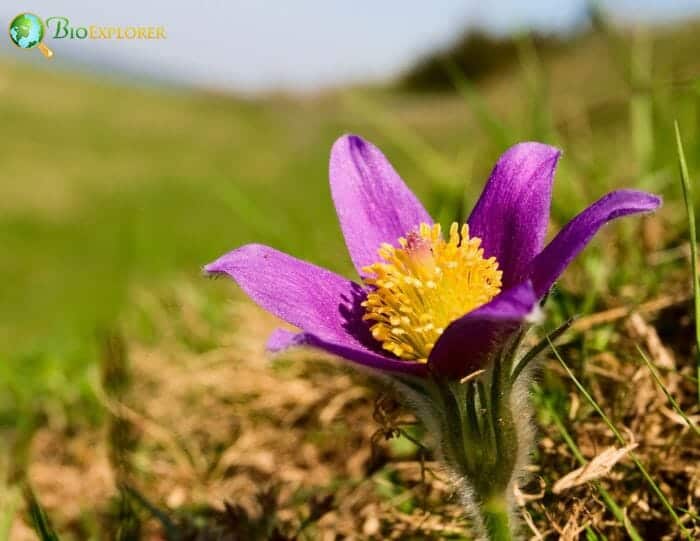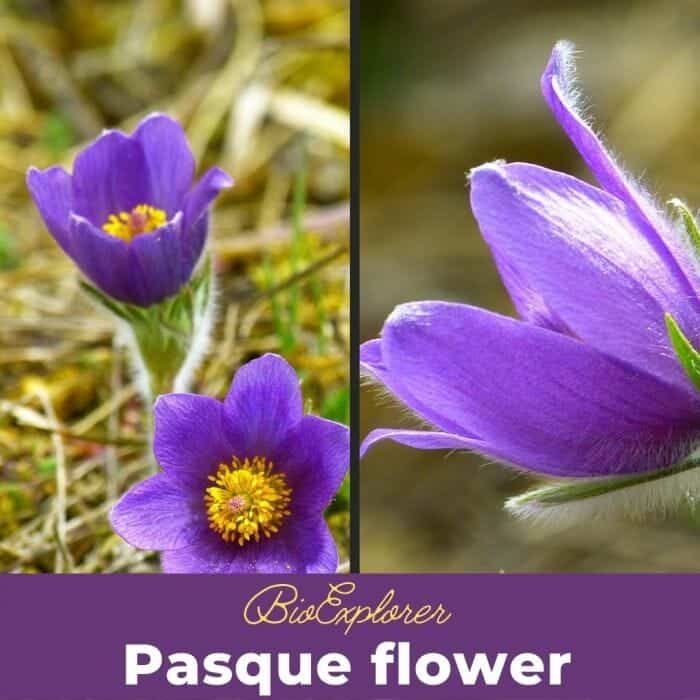
As a harbinger of spring, the pasque flowers (Pulsatilla vulgaris) begin to appear before the plant’s fern-like, feathery foliage has fully developed.
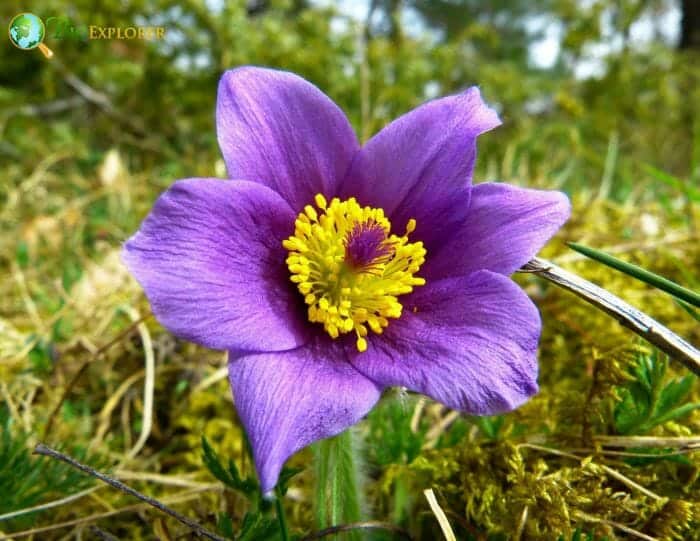
Make sure to plant this low-growing plant near the edge of the garden or near a patio or driveway so you can enjoy the early spring blooms, fluffy silver leaves, and pompom seed heads.
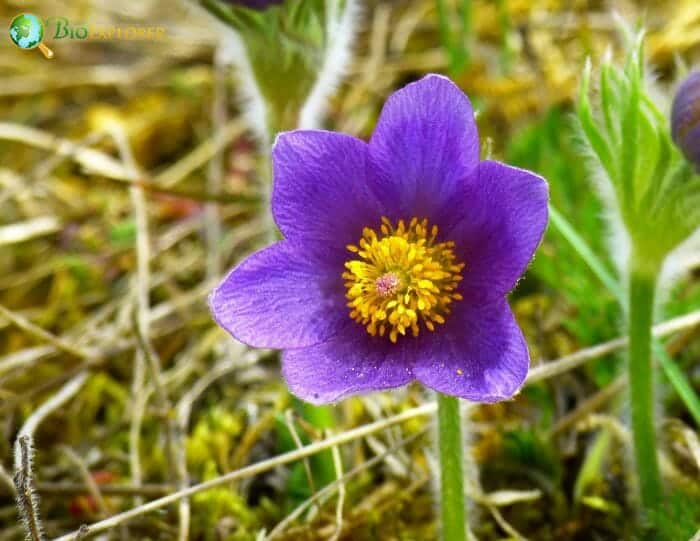
Pasque Flower is native to Western and Central Europe and prefers calcareous soils and relatively warm temperatures. Pasque Flower belongs to the species-rich family of Ranunculaceae (buttercups). The Pulsatilla genus is relatively rich with over 30 species[1].
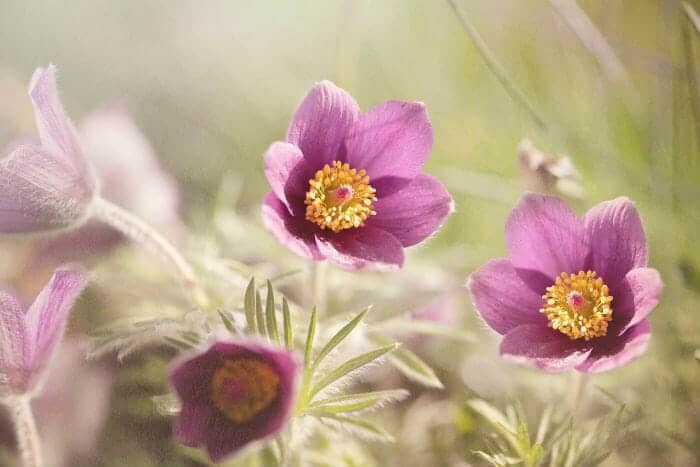
The Pasque flower is a perennial plant that can reach heights of between 8 and 16 inches (20 and 40 cm). The leaves are 2-4 inches (5-10 cm) long and usually the same width. The leaves are somewhat pinnate and have pointed ends.
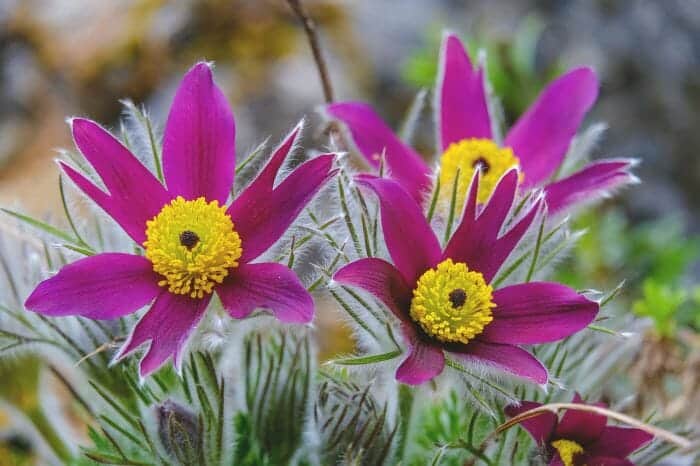
Most are reminiscent of the shape of the leaves of dill or wild carrots. The individual bell-shaped flowers are arranged from March to May at the ends of the long, upright stems. The flowers are usually purple, but some cultivars also have red, pink, or white flowers.
